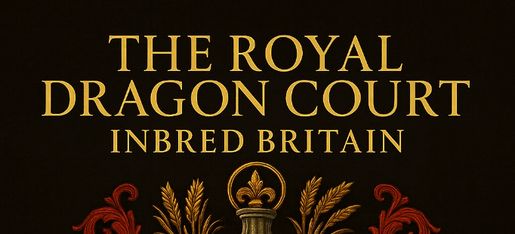Signed in as:
filler@godaddy.com
- The Dragon Legacy HOME
- Royal Dragon Court Books
- Dragon Publishing
- The House of Vere
- Abbe De Vere
- Nicholas De Vere
- Iona Miller on Drakenberg
- The Royal Dragon Court
- Royal Dragon Bloodlines
- Dragon Court DNA Markers
- Spirituality
- Witch Craft
- Paganism
- Gypsies
- White Feather Walks
- White Feather Walks cont
- Fund Raising
- Privacy Policy
